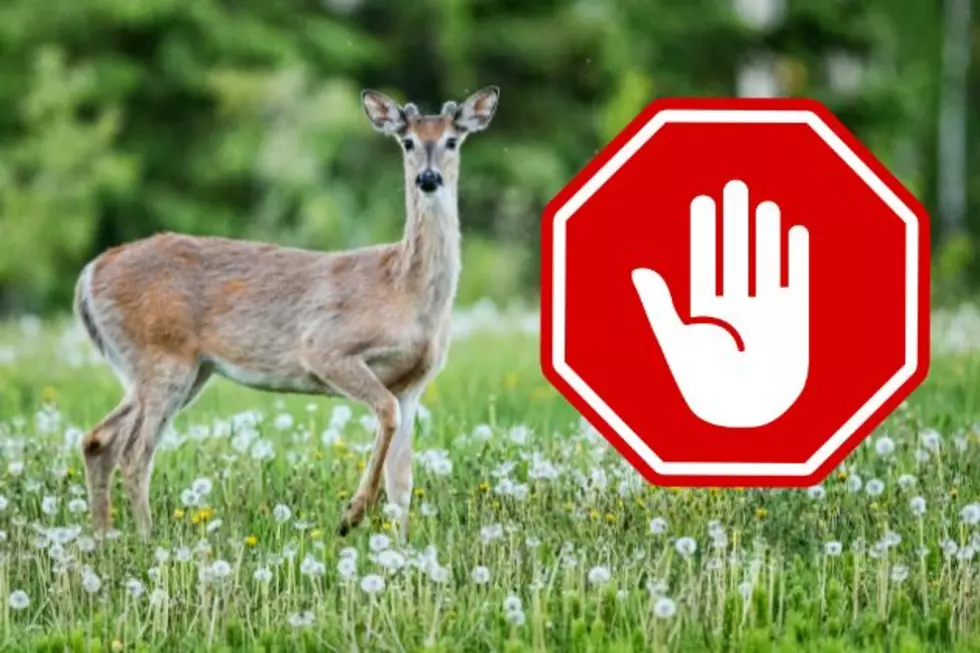
Teen pregnancy rate continues to fall
The birth and pregnancy rates among teens are at historic lows. In 2013, there were 26.6 births for every 1,000 adolescent females between the ages of 15 and 19, according to new data from the National Center for Health Statistics.
Preliminary numbers for New Jersey in 2013 found that the number of babies born to women between the ages of 15 and 17 were 6.7 per 1,000.
According to the data, in 2013, the number of babies born to women between the ages of 15 and 44 was 62.5 children per 1,000 women. That is 1 percent lower than in 2012 and 9 percent lower than in 2007. The birth rate in the United States has been on the decline since 2007. When it comes to teen pregnancies, they were down 10 percent from 2012 to 2013 and 57 percent from 1991.
"A lot of younger adults who aren't married have become more conscious about going ahead and having a child. Teens are more aware of the difficulties of raising a child on their own. Surprisingly, MTV's show on teen pregnancies has been linked by scholars to declines in kids having kids," said Brad Wilcox, director of the National Marriage Project. "So, I think the awareness of how difficult it is to raise a child when you're young and single is growing. Plus, people have less money to spend on any kids that they might have and that is making them more cautious about having a baby."
In the 1960s, about 5 percent of children were born out of wedlock compared to 41 percent in 2007. Since then, there has been no increase. Part of the story is also that teens are using birth control more consistently and they are less sexually active than they were in the 1990s, according to Wilcox. "There was a large increase in sexual activity among teens from the 1960s to the 1990s. But, since then, it's come back down quite a bit."
Many woman are simply choosing to have babies later in life. While teen pregnancies are down, the CDC found that birth rates of women in their twenties are also at historic lows, while the number of women having babies in their 30s, 40s and 50s has risen.
More From New Jersey 101.5 FM









